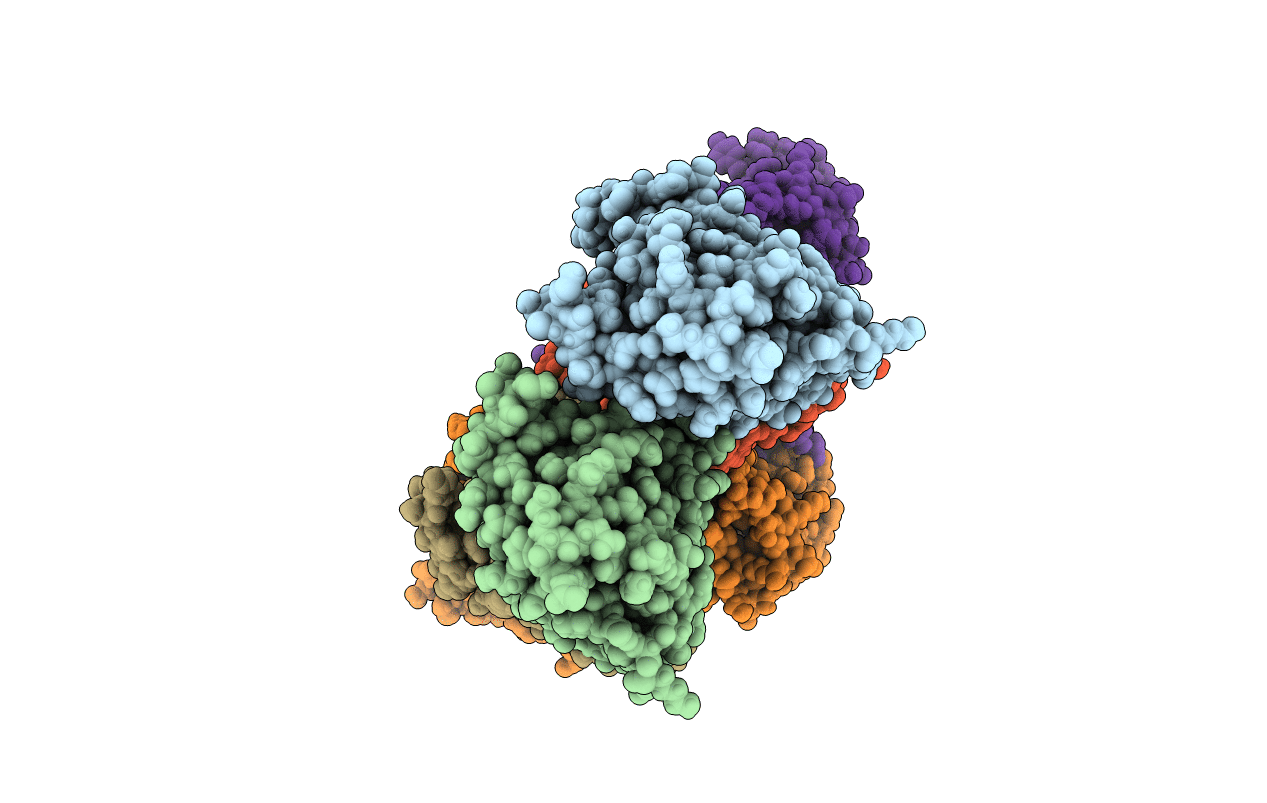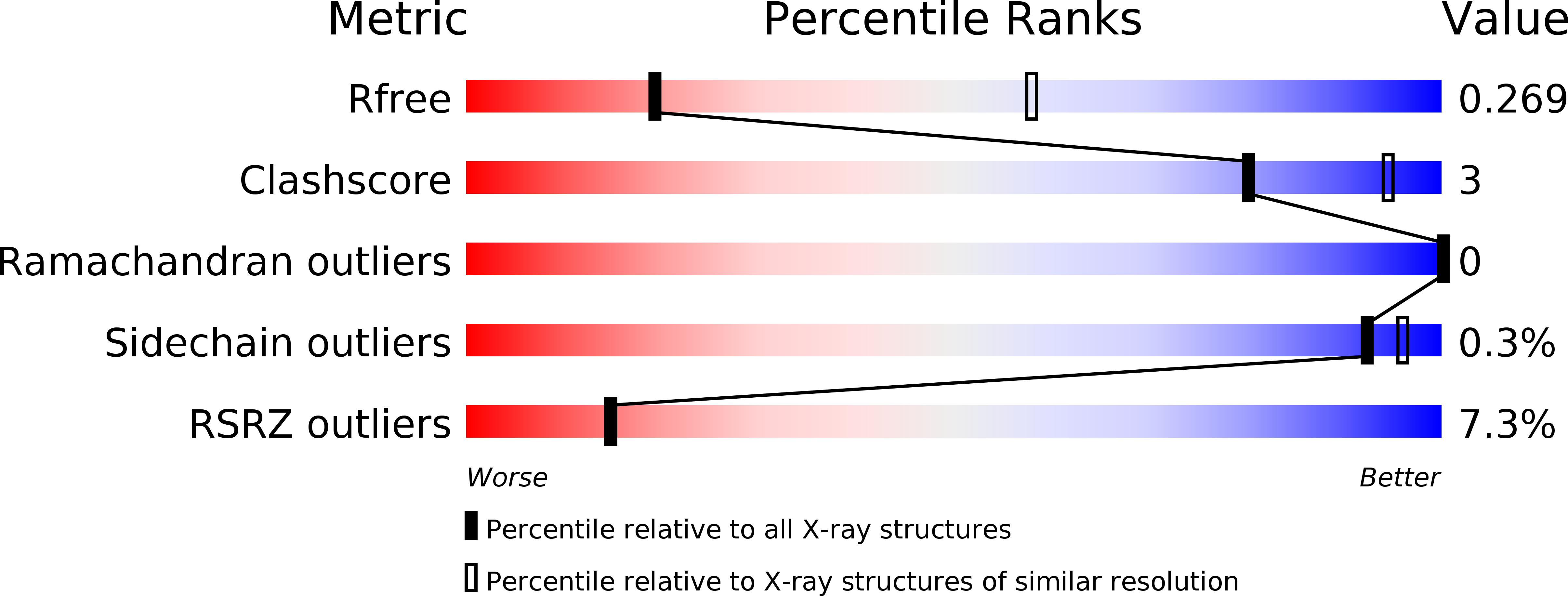
Deposition Date
2016-04-21
Release Date
2016-11-30
Last Version Date
2023-09-27
Entry Detail
Biological Source:
Source Organism:
Escherichia coli (strain 55989 / EAEC) (Taxon ID: 585055)
Escherichia coli O157:H7 (Taxon ID: 83334)
Escherichia coli O157:H7 (Taxon ID: 83334)
Host Organism:
Method Details:
Experimental Method:
Resolution:
3.31 Å
R-Value Free:
0.28
R-Value Work:
0.23
R-Value Observed:
0.23
Space Group:
P 3 2 1


